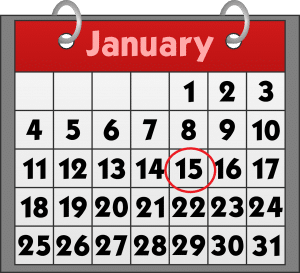Health insurance is just one of those things you need in life – after all, you want to stay as healthy as possible, without going broke. Let’s face it: going to the doctor can be pricey, and let’s not even get into how much it would cost if you had an emergency without having health insurance! But if you think that your healthcare plan is just there to keep you from spending an arm and a leg on medical care, you might want to consider how you can get more bang for your buck. Some health insurance companies offer extra benefits that many people don’t even know about – for example, want a hot tub for your bad joints? It might be covered! With the help of an EZ agent, you can find a plan with great extra benefits, like the following.
Massages
Got chronic back pain? Neck pain? Well, you’re in luck: some health insurance companies consider massages a form of physical therapy, and so will cover them in some of their plans. That means, if you have been diagnosed with a chronic condition, whether due to an accident, or just wear and tear on your body, you could get massages covered by certain health insurance plans with a referral from your doctor (although some plans will not even require one).
Hot Tubs
What’s better than a massage? A hot tub you can get into whenever you need to to relieve your aching muscles, of course. It might sound crazy, but some health insurance companies will actually cover a hot tub! You will need to have a medical requirement for one, such as a spinal issue, or another chronic condition, and a prescription from your doctor, which would mean that your hot tub would be considered Durable Medical Equipment. So if you want your hot tub covered, be prepared to produce all the relevant medical documentation required, such as MRI’s, and any other tests that prove you have a medical condition.
Gym Memberships
Did you know that health insurance companies will pay either all or part of your gym membership? They want you to stay as healthy as possible, so to them, a gym membership is an investment in you, and a way to keep your medical expenses in check. Insurance companies usually work with specific gyms in your area, so be sure to find out which ones they will cover. Hey, free is free, and if it’s a discounted membership, it’s still a win!
Baby Formula
If you’re formula-feeding your baby, you know just how expensive that formula is. It can add up to a big monthly expense, but fortunately, formula is one of those surprising things that is covered by some health insurance plans. If your plan covers it, you can continue to purchase your formula as usual, and get reimbursed by your health insurance company, so remember to save all of your receipts. If this interests you, contact an EZ agent, who can compare all available plans and find one that covers baby formula.
The best way to find out if any of these benefits are offered in your plan is to call your insurance company and ask them, but if you are shopping for a plan and are interested in any of these benefits, your best bet is to speak to a licensed EZ agent. Our agents work with the top-rated insurance companies in the nation, so we can compare plans in minutes. We will not only find a plan that has all the benefits you are looking for, but we will also make sure the plan meets your financial needs. To get free instant quotes, simply enter your zip code in the bar above, or to speak to a local agent, call 888-350-1890. No obligation.












